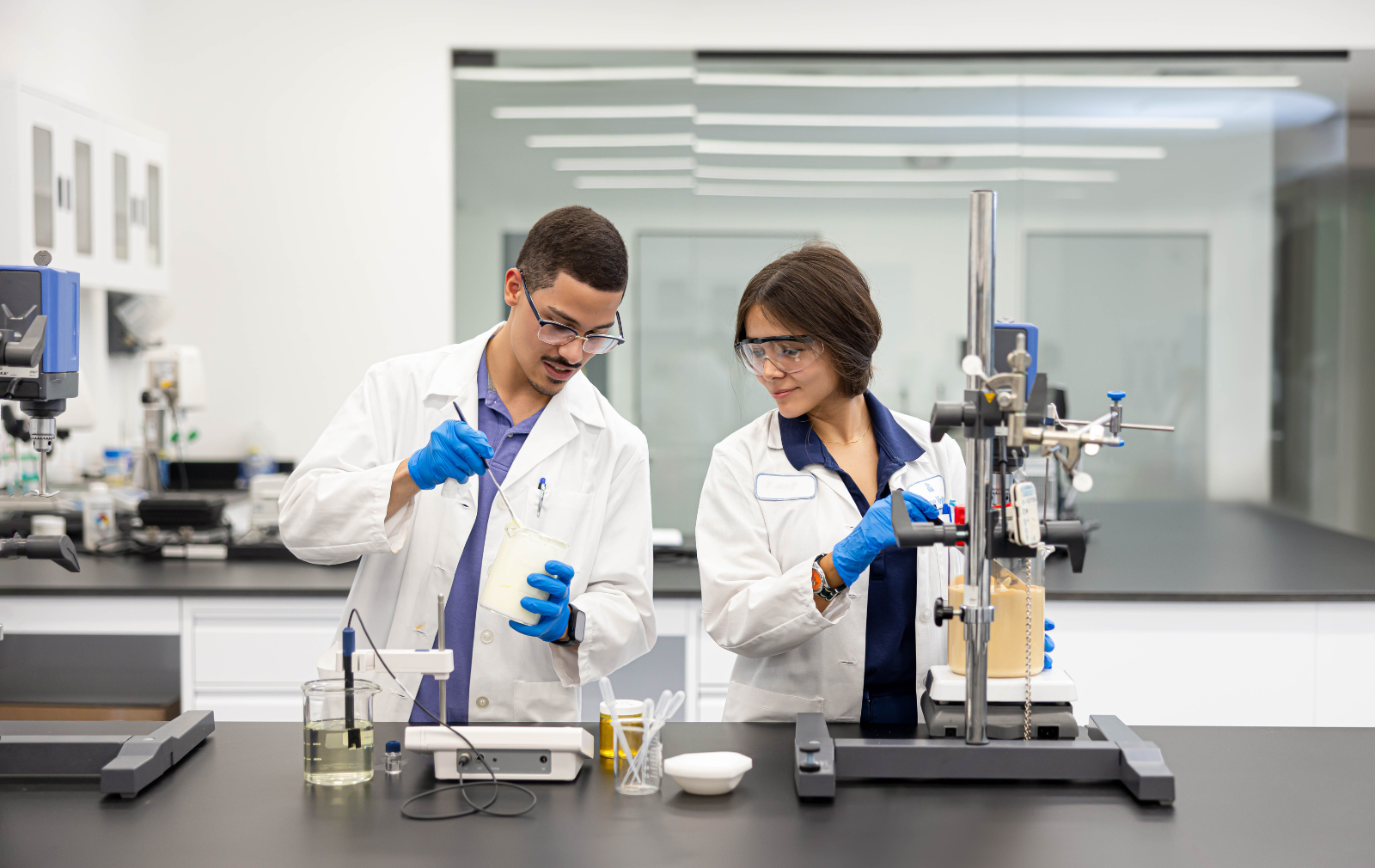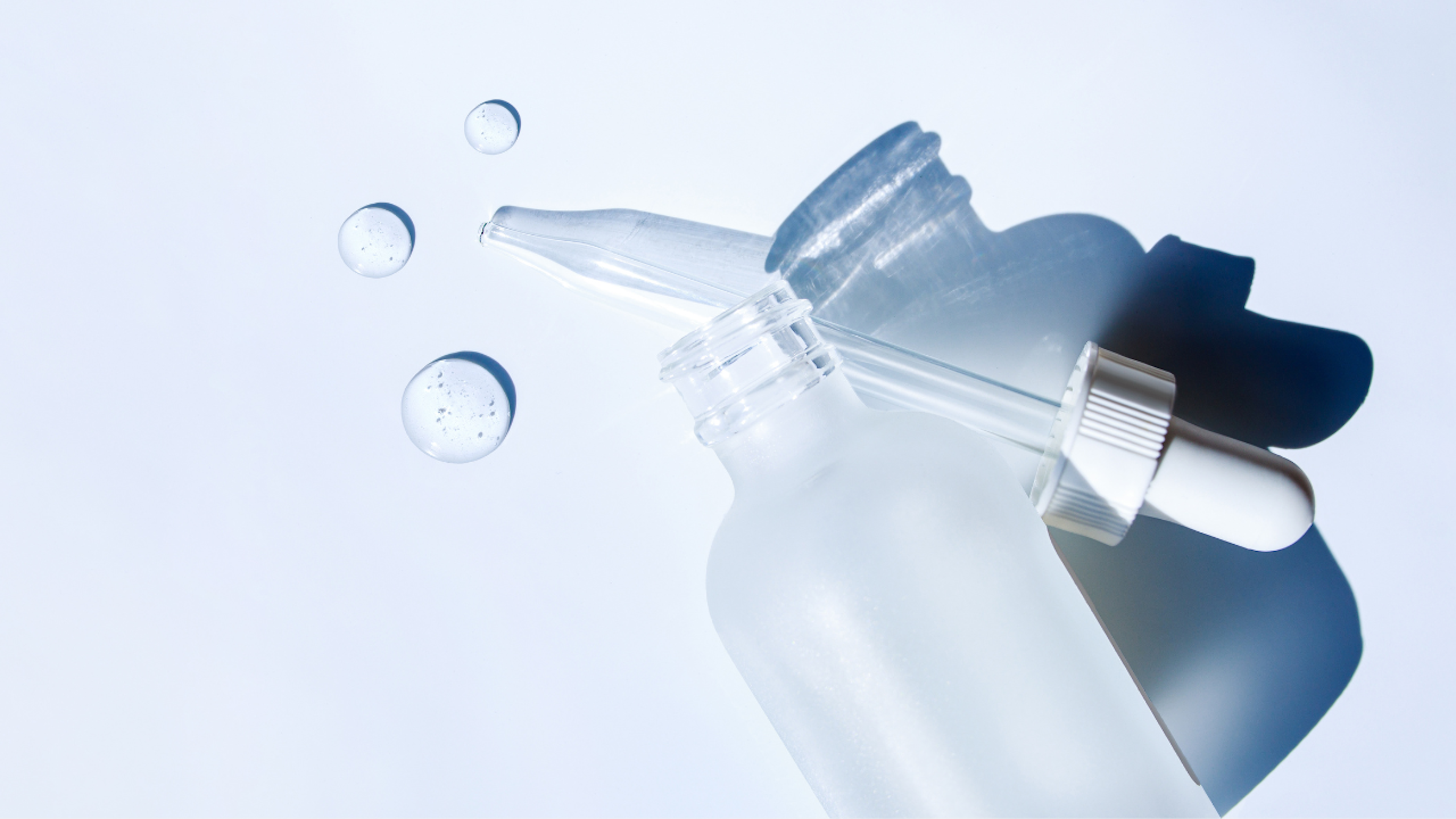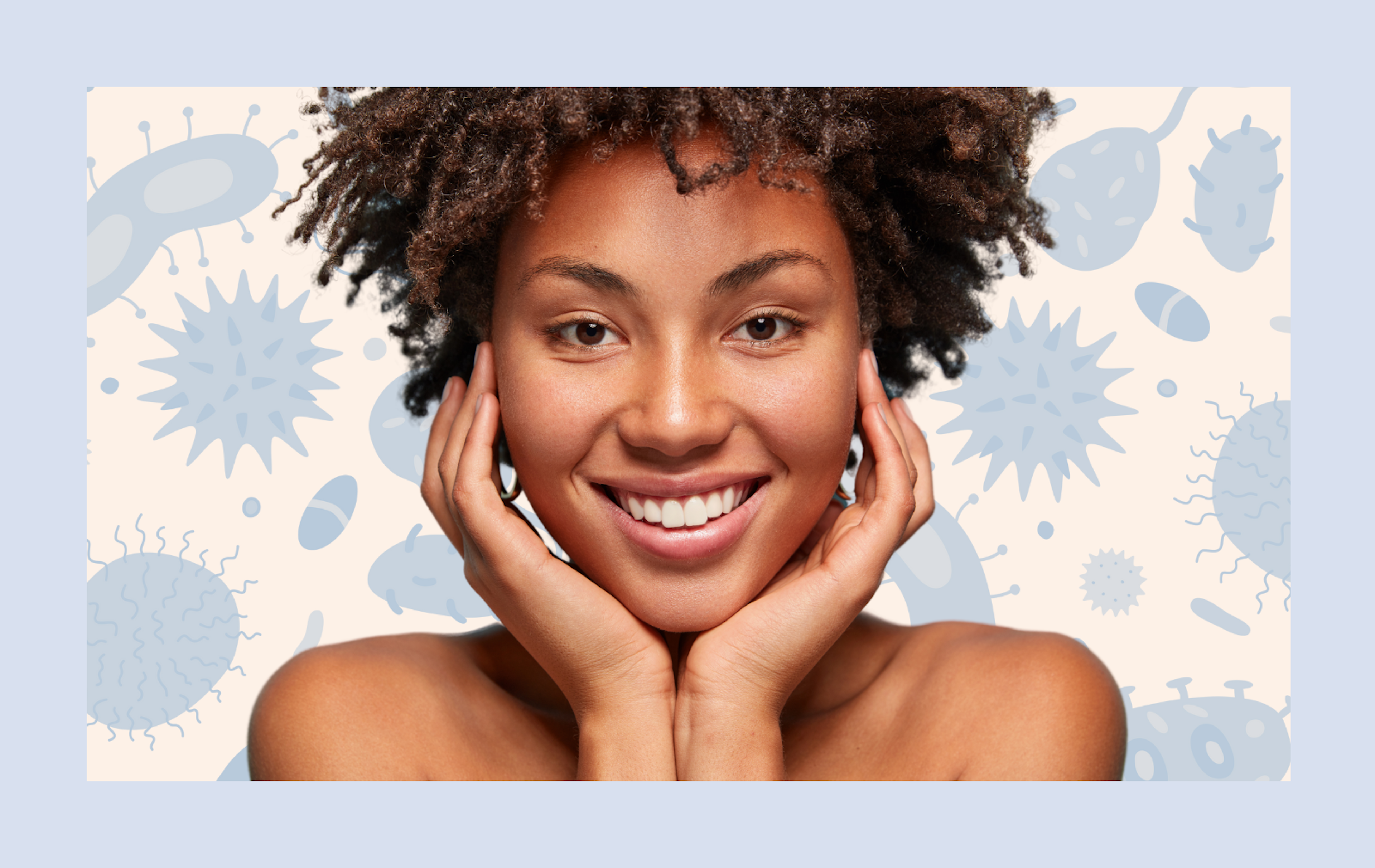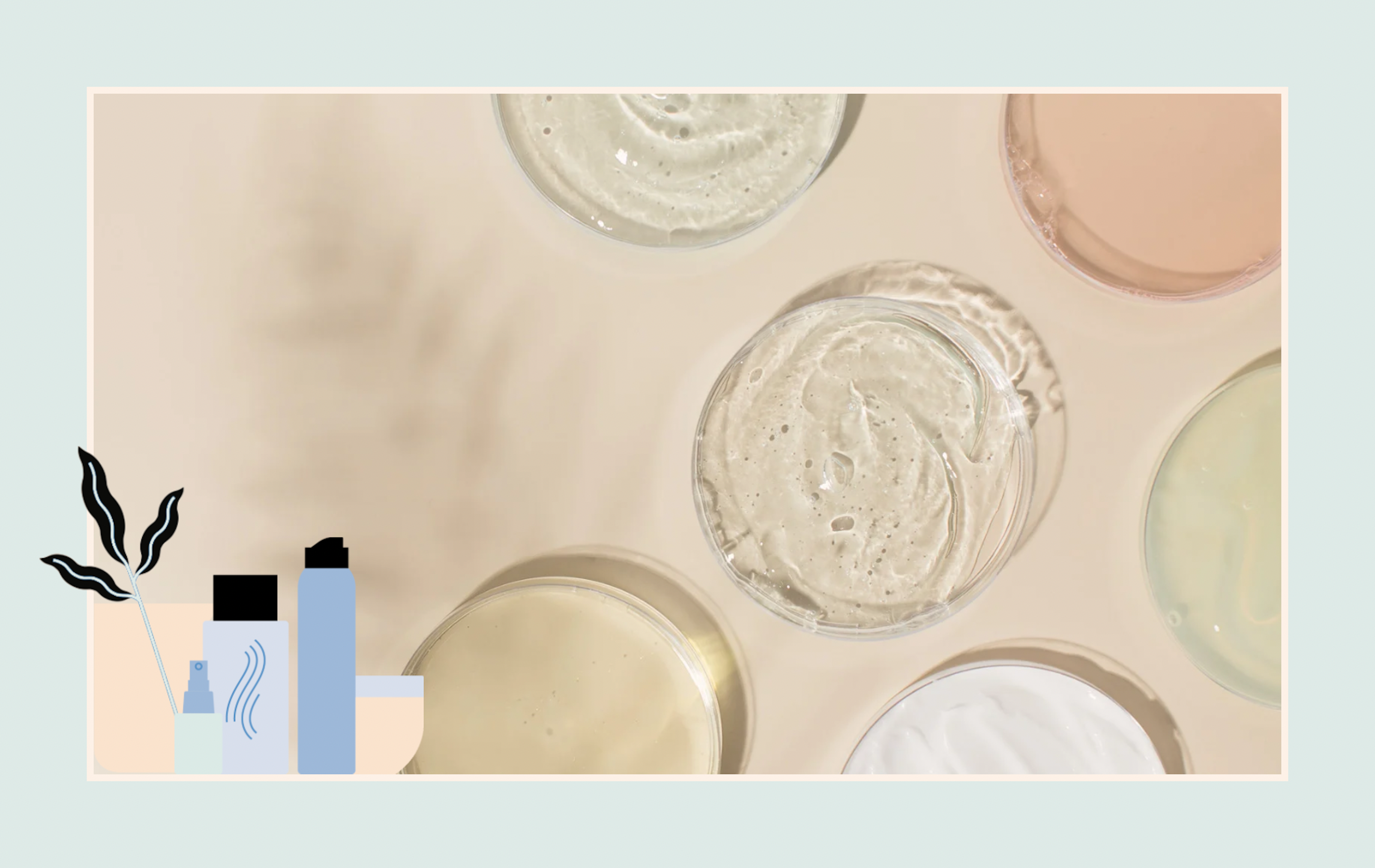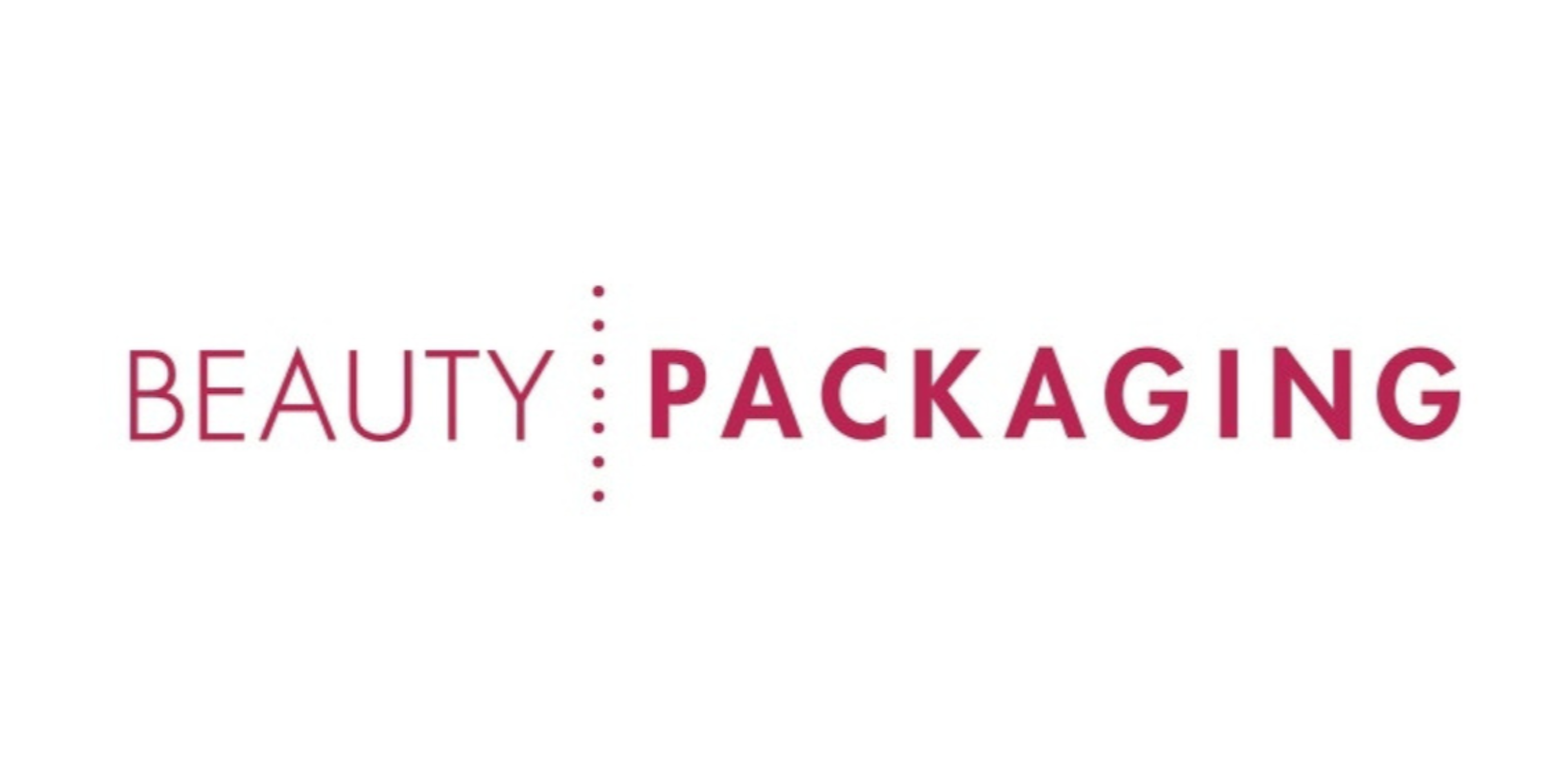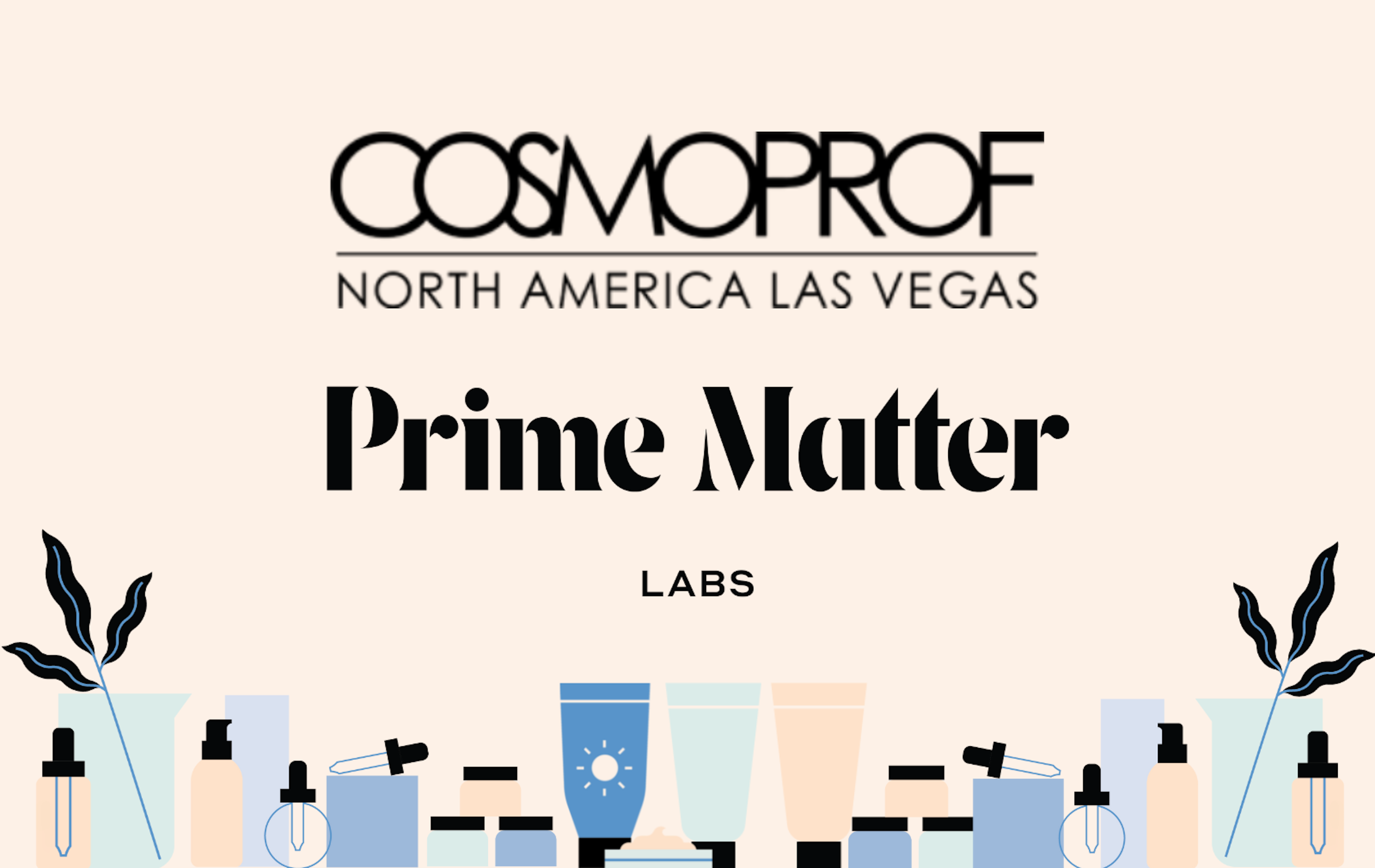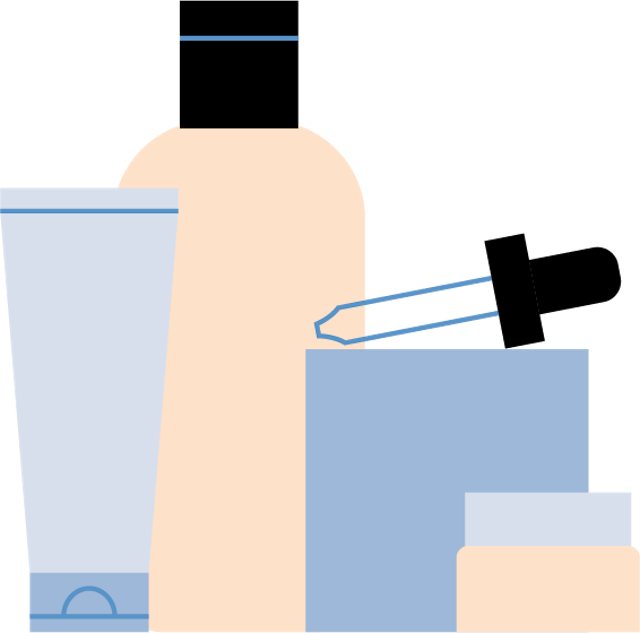
Over the past 30 years, the beauty industry has rapidly evolved in response to scientific and technological advancements, and consumers’ needs and demands. There’ve been many advancements that have propelled the industry forward and improved on the benefits of the ingredients and products that came before them. At Prime Matter Labs, we believe that biotechnology is one of those transformative technologies that can help the industry achieve the goal of producing highly efficacious and beneficial products while also lessening our impact on the world around us.
Beginning in the 1990s, the introduction of silicone-based ingredients provided a smooth, silky feel and improved spreadability to cosmetic formulations, while advancements in nanotechnology lead to the development of nano-sized particles for enhanced product efficacy and delivery. We also saw the introduction of peptides as active ingredients in skin care products. Matrixyl was the first peptide to hit the market in 2000 as an active ingredient. Its success led to the discovery and synthesis of popular peptides with targeted benefits like copper peptides and tripeptide-1.
On the back of these breakthroughs, we saw the clean beauty movement begin in the 2000s with the explosion of the internet and bloggers raising awareness about potentially harmful ingredients in cosmetics. This led to a growing demand for natural and organic ingredients, and the informal banning of ingredients deemed harmful. The industry responded to the movement by using botanical extracts, and herbal and essential oils in cosmetic formulations, and saw the rise of indie beauty brands that focused on natural and organic formulations. The demand for natural ingredients eventually evolved into “naturally-derived” or “plant-derived” with the help of biotechnology, as we began to see plant stem cells in cosmetics with extracts derived from apples, grapes, and roses believed to have antioxidant and rejuvenating effects.
In the 2010s, science-backed took another step forward with biotechnology, allowing for the production of bioactive ingredients through genetic engineering and fermentation. At the same time, there was an increasing focus on sustainability which led to the development of sustainable materials for packaging and the use of natural preservatives. More recently, we’ve seen that the accelerated developments in biotechnology have resulted in lab-grown ingredients like collagen and silk proteins to provide sustainable alternatives to common ingredients. Now, with the increasing use of artificial intelligence, we’ve seen breakthroughs in ingredient discovery, formulation optimization, and product development.
With the rise of biotechnology, we’ve officially entered our science-backed era with consumers increasingly seeking the guidance of experts from the beauty and personal care industry. Consumers are searching for products with results that are highly efficacious yet sustainable. Biotechnology helps brands deliver on these needs, providing safe and effective ingredients, while also helping the industry to reduce its environmental impact on the world around them. In this report, we dive into some of the current biotechnology methods being utilized, emerging technologies, and advice for brands looking to leverage the technologies.
CURRENT BIOTECHNOLOGY METHODS
Biotechnology has revolutionized the beauty industry by offering advanced methods to understand and manipulate biological processes involved in producing ingredients and developing products to support skin and hair health. It involves the use or combination of various biological and biochemistry techniques such as fermentation, protein engineering and stem cell technology to develop ingredients and products with enhanced efficacy, safety and sustainability.
Method 1: Fermentation
One of the most well-known approaches in biotech is fermentation, likely due to its use across industries and cultures throughout history. It involves the controlled growth of microorganisms, such as bacteria, yeast, or fungi to produce various beneficial compounds. These compounds can be utilized in skin care, hair care and cosmetic products due to their desirable properties. According to Future Market Insights, the global fermented ingredients market across industries is expected to reach US $93.9 billion by 2033, increasing at a CAGR of 6.7% over the next ten years.
Example 1: Hyaluronic Acid
You’ve likely already used ingredients developed through fermentation and genetic engineering. For example, hyaluronic acid is a popular skin care ingredient known for its hydrating and plumping properties. It can be derived from animal sources, chemical synthesis or through fermentation using microorganisms like Streptococcus zooepidemicus.
With fermentation, the microorganism is first genetically engineered to enhance its production of hyaluronic acid and then cultured in a controlled fermentation system with nutrients necessary for the microorganism's growth and metabolism. Once the fermentation process is complete, the hyaluronic acid is purified and then further processed and formulated into different molecular weights and formulations suitable for use in beauty products. The result provides a sustainable and scalable source of hyaluronic acid for use in skin care products.
Method 2: Protein Engineering
Protein Engineering involves the modification, optimization, and design of proteins to optimize their properties and functionalities. It modifies the structure of proteins to enhance their properties, such as moisturizing capabilities It also allows for the creation of proteins that are highly compatible with human skin, reducing the risk of allergic reactions and improving the safety of beauty products.
Example 2: Growth Factors
Growth factors are signaling molecules, or chemicals that cells use to communicate with each other, that are essential for various biological processes like wound healing, tissue repair and development. They are important for maintaining healthy skin, stimulating collagen production and improving skin elasticity.
Protein engineering has been used to produce growth factors with improved properties, such as increased stability, activity, and specificity. This is done by altering the amino acid sequence of the growth factor or by fusing it to other proteins or molecules. Once the growth factor is identified, it is cloned and optimized and inserted into a suitable host organism to be cultured in a controlled environment. It is then extracted, purified and tested to ensure quality and safety before it’s incorporated into relevant products.
Method 3: Stem Cell Technology
Stem cells are undifferentiated cells that have the potential to develop into any type of cell in the body. In the context of the beauty industry, this technique is often used to create ingredients from plant stem cells like grape, argan and rose stem cells. They are believed to have some advantages over traditional plant extracts, including being rich in phytochemicals like antioxidants, increased stability and potency, and longer shelf life and bioavailability.
Example 3: Apple Stem Cells
Apple stem cells are used in skin care products for their ability to help reduce the appearance of fine lines. The process involves isolating, culturing, and propagating stem cells from apple plant tissues, typically from the shoot tips, young leaves or buds. The cultured cells undergo regular sub-culturing onto fresh culture medium to help generate a large population of stem cells before they can be analyzed and tested to ensure they exhibit the desired properties and qualities. Once the desired stem cell population is achieved, the culture is scaled up to larger culture vessels to generate a sufficient quantity of stem cells for commercial production. They are then processed to isolate the bioactive compounds and key functional ingredients for use in products.
To learn more about biotech in beauty, check out Part 2 of Biotech in Beauty: What's Next for Beauty Brands.
Prime Matter Labs offers tailored product development and production, adapting and innovating along with your business. Work with our team to capture exactly what it's going to take to meet your consumers’ unique needs. Contact your Prime Matter Labs Project Manager or start your project here.
